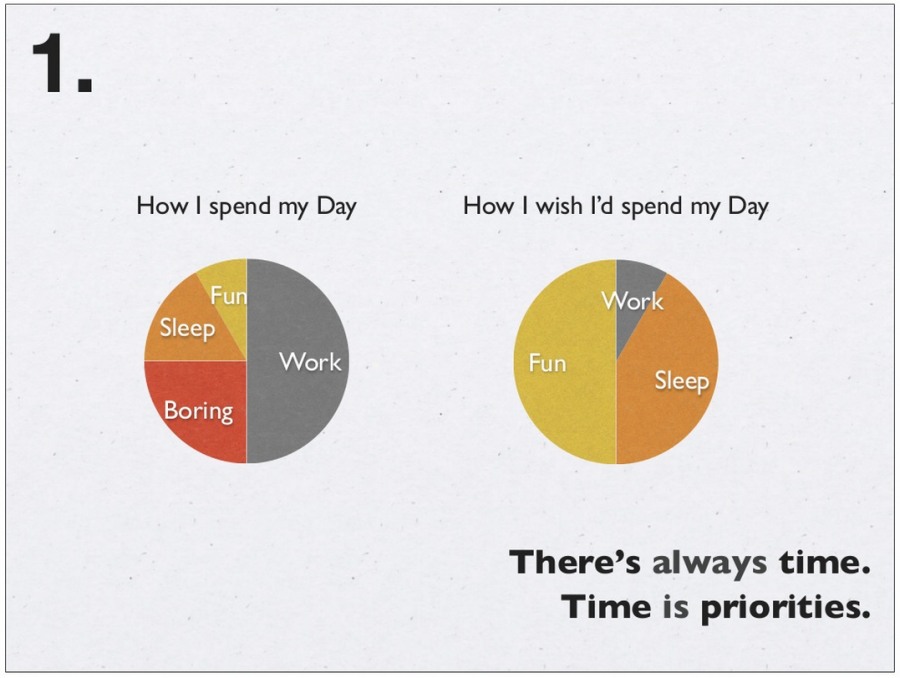Rechargeable batteries with almost infinite lifetimes are coming thanks to superionic conductors, say MIT and Samsung engineers.
Adam Rifkin stashed this in Energy!
Stashed in: Best PandaWhale Posts, Awesome, Singularity!, MIT TR, Energy, Physics, Samsung, Ecology, Disruption, Ray Kurzweil!, Ray Kurzweil, Accelerating Returns
Woah:
MIT and Samsung researchers have developed a new approach to achieving long life and a 20 to 30 percent improvement in power density (the amount of power stored in a given space) in rechargeable batteries — using a solid electrolyte, rather than the liquid used in today’s most common rechargeables. The new materials could also greatly improve safety and last through “hundreds of thousands of cycles.”
The results are reported in the journal Nature Materials. Solid-state electrolytes could be “a real game-changer,” says co-author Gerbrand Ceder, MIT visiting professor of materials science and engineering, creating “almost a perfect battery, solving most of the remaining issues” in battery lifetime, safety, and cost.
Superionic lithium-ion conductors
The electrolyte in rechargeable batteries is typically a liquid organic solvent whose function is to transport charged particles from one of a battery’s two electrodes to the other during charging and discharging. That material has been responsible for the overheating and fires that, for example, resulted in a temporary grounding of all of Boeing’s 787 Dreamliner jets.
With a solid electrolyte, there’s no safety problem, he says. “You could throw it against the wall, drive a nail through it — there’s nothing there to burn.”
The key to making all this feasible, Ceder says, was finding solid materials that could conduct ions fast enough to be useful in a battery. The initial findings focused on a class of materials known as superionic lithium-ion conductors, which are compounds of lithium, germanium, phosphorus, and sulfur. But the principles derived from this research could lead to even more effective materials, the team says, and they could function below about minus 20 degrees Fahrenheit.
This is really cool.
Current batteries' shittiness really is a problem we have to solve to do our ecological transition.
I'm waiting for these new batteries in my smartphone!
“hundreds of thousands of cycles.”, let's be pessimistic and say that's 200 000 cycles.
A smartphone battery cycle is generally made once a day as the current one barely make it for a working day, let's say we need 2 cycles a day, so 2*365 = 730 cycles per year.
200 000 cycles / 730 cycles per year = 274 years
So theoretically, my brand-new smartphone (at least the battery part) could last my whole life?
Now I'm eager to see in what form this technology will come to ours hands.
I especially wonder how industries based on planned obsolescence will react...
Right now they'll react as if this will never be.
One day they'll be forced to deal with it.
And you're right, this changes the economics of everything.
Just as energy being free would change the economics of everything:
http://pandawhale.com/post/66345/how-cheap-can-solar-get-very-cheap-indeed











1:02 AM Aug 26 2015